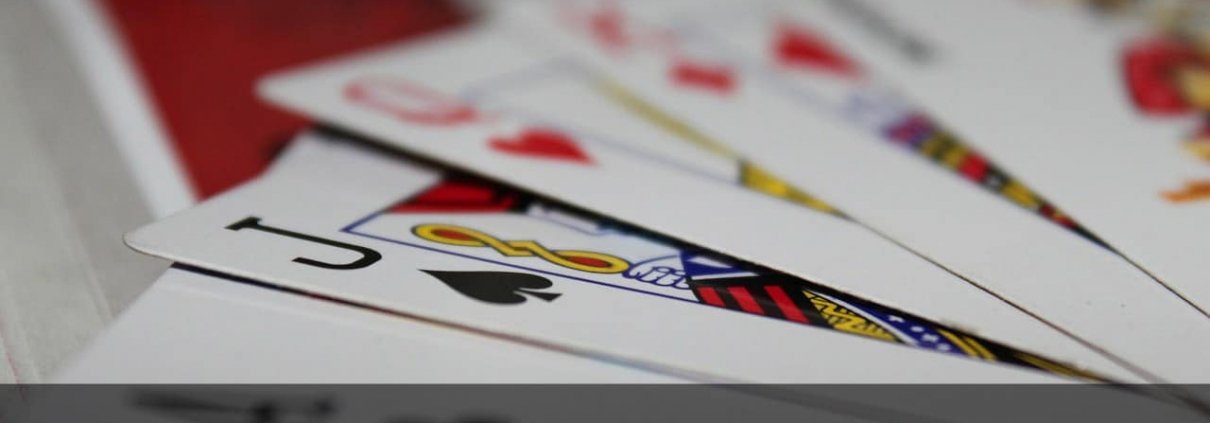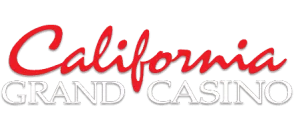Poker Tournament Tips
Happy holidays everyone! The holidays are a wonderful time to get together with family and friends and do the things you love. If you love poker like I do then the additional free time this time of year is a great opportunity to try your hand at tournaments! Some of you may be familiar with no limit hold’em poker tournaments already but for those that aren’t here’s a quick break down as well as some basic strategy tips to help you reach the final table.
In a typical no limit tournament everyone pays a fixed buy in amount and receives the same amount of tournament chips. The blinds increase at regular intervals thus driving the action. You have to win pots or the blinds will eat up your stack. Play continues until one person has all of the chips with players paid out based on their order of finish.
Navigating a tournament field is no easy task. At any time it only takes one bad decision or one bad beat to end your chances and send you to the rail. If you understand that then you already have a grasp on one of the most important differences between playing in cash games and playing in tournaments. Once you lose your chips you are out and the game is over. There are two basic ways to use this fact to alter and improve your tournament play.
Avoid chasing draws and taking unnecessary risks. When you call to chase draws or play marginal hands you’re risking valuable chips that could be saved and used in a much better situation. Chips you already have are usually more valuable than the chips you might gain. If you call chasing a draw and hit your card the card may scare your opponent and you won’t get paid off. Playing marginal hands usually leads to tough decisions and disadvantageous situations: you simply don’t have enough chips in a tournament to justify it unless you are short stacked. This leads me to my next tip.
Use aggression and the fear of going bust to your advantage! A player who understands the concept of going bust and being eliminated will play tighter and more cautiously and rightfully so. The savvy player will pick up on this and use this to their advantage. Chasing draws is often times a poor decision in most varieties of poker however if you flop a draw and play it aggressively your opponent is the one in the tough situation. Take the following example and see how the way you play it changes the entire makeup of the hand.
The blinds are at 20-40 and everyone at the table has roughly 750 in chips including you. You are in the big blind and are dealt 9h 8h. The play folds around to the button who raises to 100. The small blind folds and you call. There is 220 in the pot you and your opponent have about 650 in chips and the flop comes Kc 7h 6d. You check and your opponent bets 140. What should you do? If you decide to be passive and call the pot will swell to 500 you will have 510 left and you will be looking at a turn card out of position. If you miss your card on the turn you either have to bluff and lead with a bet into your opponent risking that he has a hand and is likely to eliminate you or you can check to your opponent who is likely to bet an amount that is close to your entire stack. You will be forced to fold or put your tournament life on the line with one card to come. You have just lost one third of your stack chasing a draw and you only got one card more! You didn’t even get to see the river before committing your chips!
Now consider playing this hand differently. Your opponent bets 140 on the flop and you raise him or her to 340. Your opponent now faces calling an additional 200 but he or she also knows that if they make the call they will likely have to call your remaining 310 putting them all in on the turn. With your small raise of 200 you have turned the tables on them and made them make a decision for their tournament life. Think of all the hands your opponent might raise with that would fold in this situation. Any pocket pair that isn’t aces and didn’t flop a set is in a very tough situation and would likely fold. AQ AJ AT Ax and any other raising hand that doesn’t contain a K is likely to fold as well. On the off chance they have top pair with a K they will still have to hold up against your open ended straight draw. More often than not they will fold and you will take down a nice pot without a showdown or a made hand. Occasionally they will call or go all in and you will still have a decent chance to win a bigger pot. It is a great situation to try and accumulate chips that will help you reach the final table.
No limit hold’em tournaments are great ways to play a different form of poker than cash games limit how much you can lose and still have a chance to make a big score. Understanding the differences between cash games and tournaments will help give you an edge on the competition and guide you to making better decisions at the table. Remember to avoid taking unnecessary risks and chasing draws. Use aggression and your opponents’ fear of going bust to your advantage. These basic tips will help you to get deeper into tournaments and hopefully reach that final table. Next time we’ll take a deeper look into final table tournament play and I’ll have a couple more key tips that can help get you that big score! Until next time see you at the tables!
Our Sunday morning tournament at the California Grand is a perfect way try out these tips. The buy in is only $55 and the California Grand adds additional prize money to the prize pool. The tournament starts at 10:30am but sign ups start at 8am for cash game players and 8:30am for all other entrants. The spots fill up fast so be sure to get here early!


